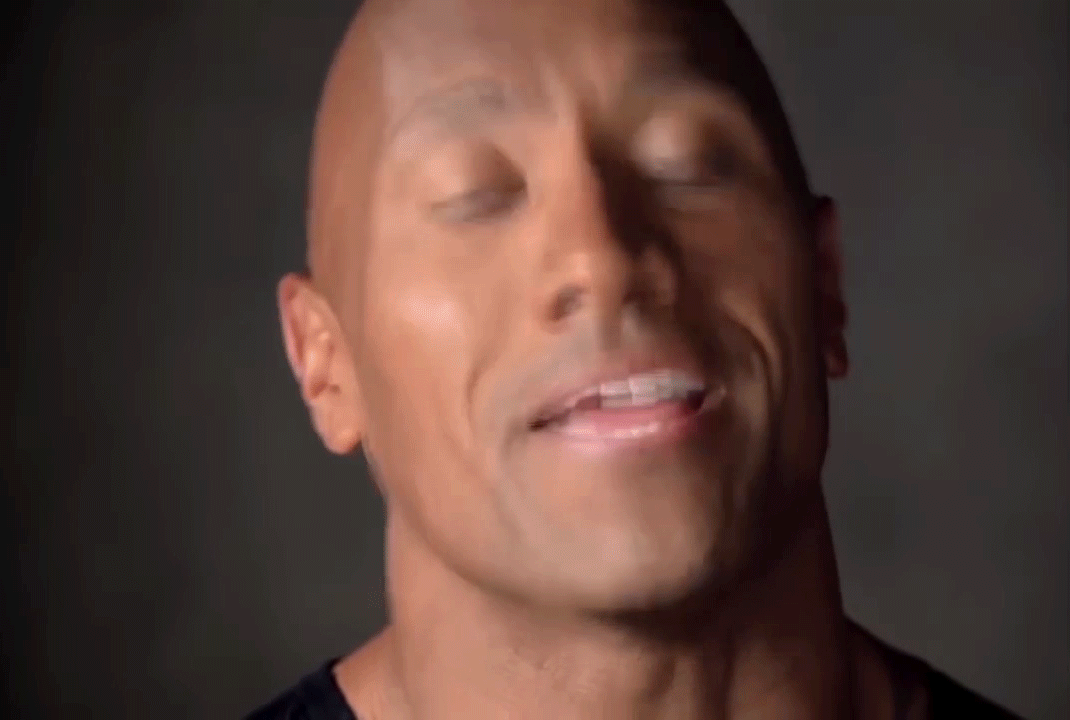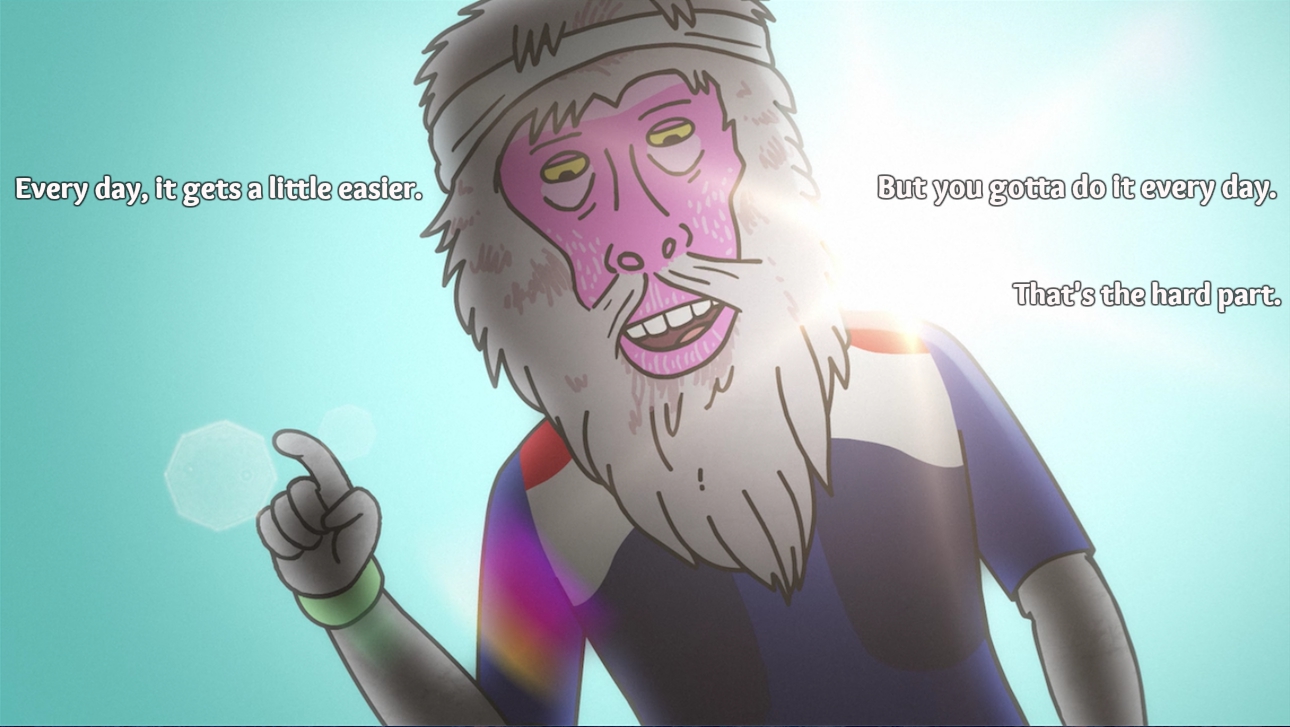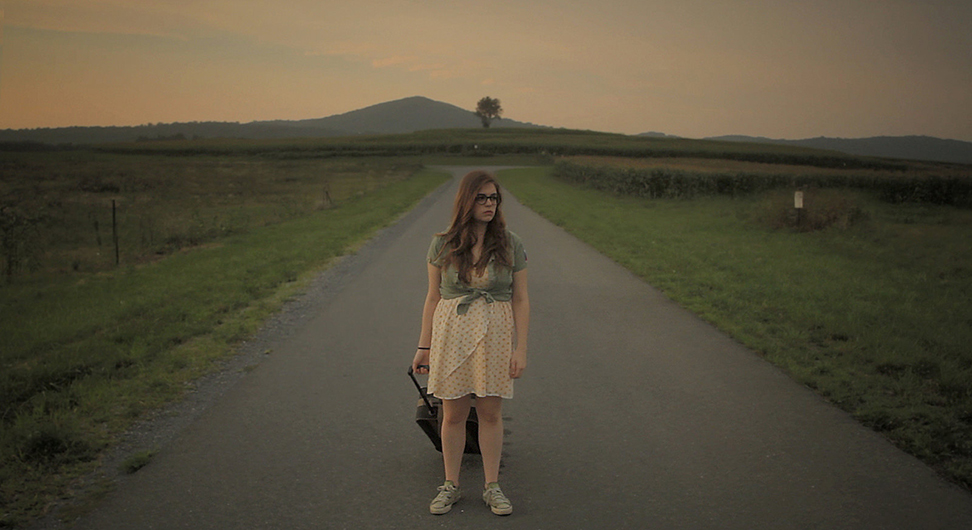Intro to Filmmaking Part One: Crafting a Story
In the realm of entertainment, I’ve pretty much failed to acquire any real notoriety. Instead, I survived as a freelancer for long enough that it steadily transformed into a modestly-effective post production boutique studio. I’ve done okay!
And that’s the voice to read this with, from someone that’s done …okay. I will not write with the promise of your success, nor can my experiences carry the heft of absolutes. I may not be the author you want, or even need, but I am the author you’re stuck with. Perhaps that too is…okay…because the kind of production you’re about to embark on has little promise of fame, fortune, or even success.

It’s been a few years since the dawn of democratized filmmaking, and while it’s fair to say we’re still in its contextual infancy, the scene is starting to feel stable enough that taking the plunge might actually be worth it…and why not? YouTube is full of stars, Vimeo has a platform for creators to profit off distribution, and there’s a whole host of crowdfunding resources to choose from. That’s without mentioning Instagram robots, Snapchat moguls, and all those rumors of talent scouts just itching to find someone as smart, edgy, and brave as you. Unfortunately, that last part is a fallacy.
As independent filmmakers, we are destined for failure. We revel in irrelevance.
As independent filmmakers, we are destined for failure. We revel in irrelevance. There’s a high chance that nothing we do, say, or publish will be meaningful beyond those first few minutes of view count glory. We piss in an ocean and the ocean never changes. In all but a few cases, this is the universal truth of content creation today. Everybody is already here, and streaming businesses have already filled consumers’ need for content on a massive scale, long before any of us got good enough to compete.
This daunting truth forces us to focus on an element that, for most aspiring filmmakers, is their best chance to beat the odds and find success: crafting a good story.
Here’s the deal: carrying pieces of a story in your head to share as you pass a joint or a beer is easy, writing a complete story is fucking hard. Writing a complete story that doesn’t bore someone is so difficult that it rarely happens alone, or without considerable dedication, patience, and humility. For people just starting out, it’s almost impossible to distinguish a complete story from a good story. We get so enamored with the act of completion that we don’t reflect on the quality…because it’s hard. Really fucking hard.
Here’s how it goes down:
- After X numbers of days or weeks the assortment of small ideas, quips, notions, nurnies and greebles come together enough in your brain that you just have to get it out.
- You spend X more days staring at blank paper unable to start.
- You read some literature on how to start.
- You write out what’s in your head for X days, then you get stuck.
- You read some literature on how to get out of being stuck.
- You start inventing new pieces and are no longer writing what you’ve held onto forever, and surprisingly it takes some effort.
- The emotional itch is scratched, the burden is off the mind and you stop for X number of days.
- You create a new emotional load, the nagging feeling of an incomplete work.
- You read some literature on writing in general to figure out what you don’t know you don’t know.
- You write for X more days and finally the work is done.
- A HUGE endorphin/dopamine rush hits your brain and body for finishing.
At this point, experienced writers know that their real work–critique and revision–is still ahead of them, but that feeling of accomplishment can obfuscate and distract the mind from conducting honest analysis. What you’ve done is written a story–you haven’t yet written a good story–and depending on your current skills, you might not have even written a complete story.
In my experience a script that enters production (big or small) typically has at least fifteen revisions under its belt before it goes from being a rough draft to a complete story, and perhaps another fifteen revisions before it starts to feel like something that might become good.
That’s a lot of time to have your monumental efforts destroyed and rebuilt, a lot of blows to the ego when favored passages are eliminated, and what you end with does not look like what you started with. Don’t fall into this trap. For most creators at our level, we can’t do it alone or on our first draft. Trialing and prototyping your story via iterative revisions is the secret sauce. The more you can polish, tweak, change and completely rewrite what doesn’t work, the closer you get to an actually good story. And yes, you will have to kill off favorite moments that are not compatible with the sum total story. Fight for a time to make it work, sure, but in the end, if it’s gotta go to save the whole, it’s gotta go.
Learn how to navigate feedback, and to remove yourself from your writing, and you’ll probably be able to pick up the rest with some practice and an open mind.
For most creators at our level, we can’t do it alone or on our first draft.
Telling compelling stories is a hard-won skill, and with today’s overcrowded media scene you won’t get anywhere unless you have a dynamite story. Yeah, you’ll come across people for whom story crafting comes easily. Maybe they already have the right connections to launch with that alone, but to truly grasp the whole, and execute with the frequency necessary for even a small measure of success, requires time, training and discipline.
The stories people actually watch involve characters we–as in humans that share some cultural touchstones and maybe a moral barometer–identify with. These characters are typically imperfect, which is important because it gives us, the audience, something to want from them. We call this a flawed character, and when a character has several flaws we classify them as such: character flaws. They can take many forms, but characters and their flaws need thought and care. The pairing has to be cohesive and “feel right.” It needs to find an emotional logic that makes sense. Here are some examples:
- A bartender that aspires to be a writer, but their fear of success holds them back.
- A ship’s captain that still hasn’t found closure from their spouse’s drowning several years ago.
- The college student that despises their field of study, yet persists because of the wish of a dying parent.
Sure, these are superficial, and for a casual reader will feel contrite. They are. The point is to demonstrate the pairing between character flavor and aligned flaw. Here are some examples of character flaws that don’t quite feel right:
- A fashion designer who refuses to use the color blue because their mother died in a cooking fire.
- A police officer that fears romantic intimacy thanks to those clowns who stole their dog.
- A swimming team that won’t stand up against fracking in their community because they didn’t raise money for their new uniforms.
Flaws and conflicts are subject to believability. We as an audience must want to embrace the chain of events from identity into flaw. A superhero can have shortcomings, and a robot can learn to love, but it has to make sense within the confines of that narrative.
Most Americans have consumed enough content to be considered experts before they hit high school. As creators, we’re sort of forced to live and work within these established lanes for creating our characters and their flaws, but it’s up to you to keep it fresh, new, and inventive. A good character with a good flaw is half the battle.
The other half is the plot.
 Plot, as a function of story, is easy to learn but impossible to master. Sort of like the game Othello (the Shakespearean play being another thing entirely, but equally great). A plot is a problem or conflict that takes the majority of your content length to resolve. It’s a construct, it’s the big part of your meal, the chunk you spend the most time on. It is where the flaws of a character make it hard for that character to find the answer.
Plot, as a function of story, is easy to learn but impossible to master. Sort of like the game Othello (the Shakespearean play being another thing entirely, but equally great). A plot is a problem or conflict that takes the majority of your content length to resolve. It’s a construct, it’s the big part of your meal, the chunk you spend the most time on. It is where the flaws of a character make it hard for that character to find the answer.
Let’s say our plot involves someone losing their car and having to find it again. If they go, “oh, it’s over here, next to the tree. I remember parking it here,” well that’s a boring story. But if it’s two dumb stoners that keep getting sidetracked because of their short attention spans and naive outlook on the world, well now you have an Ashton Kutcher film.

The point being that a good plot involves a good conflict, typically expressed as “man vs man, man vs nature, or man vs self.” This isn’t a complete end all, but it’s a notion that started with Ancient Greek storytelling and still holds universal relevance today. A good place to start. But that conflict, that Man vs X notion is only as interesting as your character flaws. The broken way your characters see the world is what keeps the story going, what keeps things interesting.
Halt and Catch Fire is a neat show about the booming days of personal technology, but without the character flaws creating tension and plot, it would be nothing more or less than a history lesson in computer performance. As creators we’re not here to solve the problems of our characters, we are here to torture and hinder them. Make your creations bleed for their success, otherwise your audience won’t give a shit, and will tune out after 15 seconds.
Before you can film anything, or rally a team, or debate what camera and lens you must have…you gotta have characters with flaws, and then they have to live in a world of problems that their flaws keep them from solving easily.
So write. Write a lot. Get feedback on your stories, listen to everyone willing to tell you where your work breaks down. When we first start writing, we become blinded by the accomplishment of putting words to paper, and we lose sight of the hard truth that they might not be good words…yet. This is weightlifting or learning to run. You do it a lot, hate every horrid minute of the exercise but through perseverance you find the rewards and gains in the result, not the journey.

Your first task in self-motivated media production is to become a writer. Craft at least one flawed character, and a plot or a conflict they must survive. These are the very first steps in bridging the realities of resources against the fantasy of your story.
Our next installment will be about understanding your resources and leveraging your guardrails for creative advantage. Less is certainly less, but everyone suffers under limitations of one flavor or another. The question isn’t how severe the barriers are, but what you going to do about it.
Charles Pearce manages Left Turn Only TV, a post production boutique studio tucked away in the East Austin production community as a member of The Swizzle Collective alongside 360 Studios.
This work is licensed under a Creative Commons Attribution-ShareAlike 4.0 International License.


